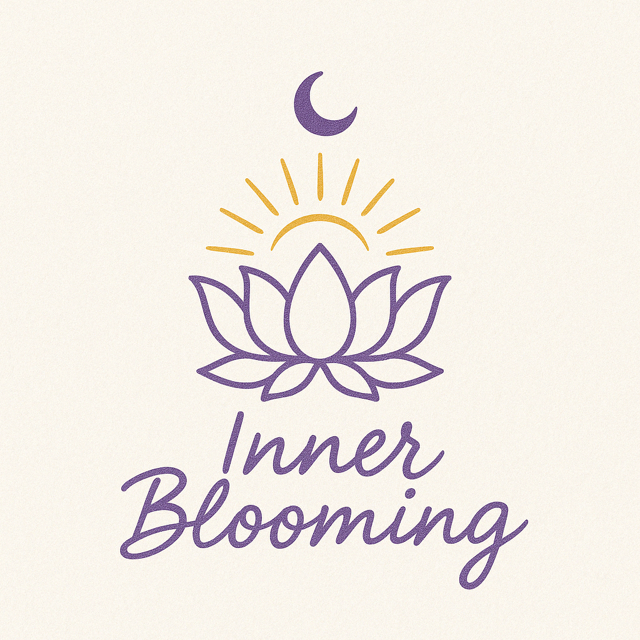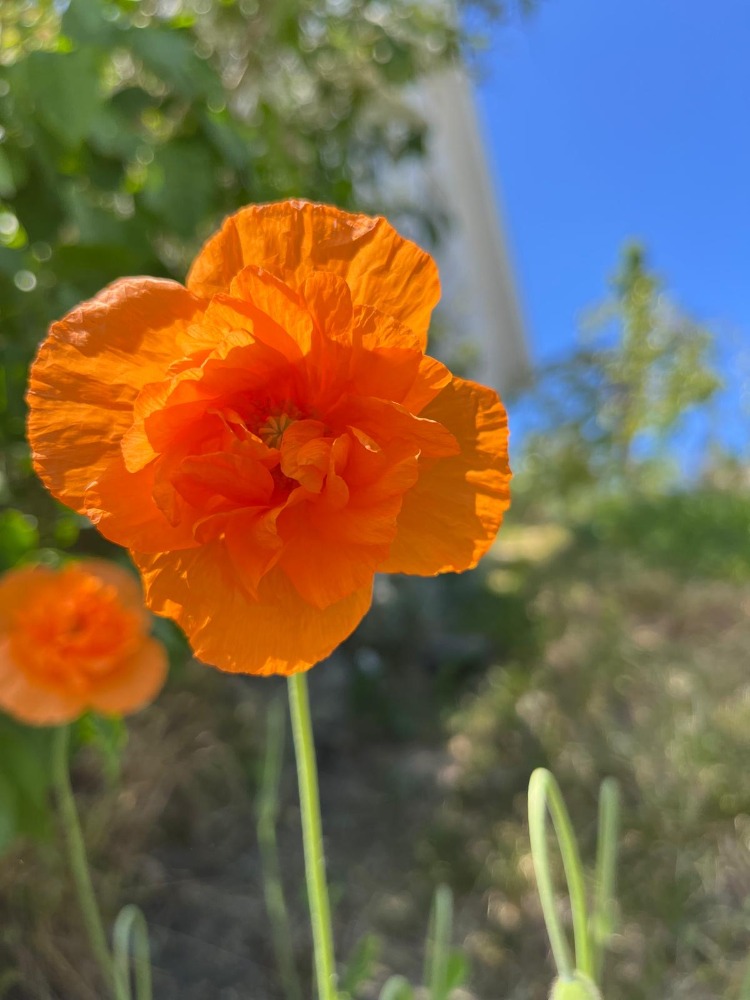
The term burnout syndrome was first explored and studied in the 1970s by German-American psychiatrist Herbert Freudenberger. In 1974, he used the term burnout to describe the process of physical and mental exhaustion affecting professionals working in high-stress environments, such as healthcare workers and volunteers. Freudenberger observed that after a period of intense dedication, these individuals often developed symptoms of chronic fatigue, cynicism, and emotional detachment. The syndrome also manifested through declining professional performance and a sense of helplessness.
In the years that followed, burnout research expanded thanks to other scholars, including American psychologist Christina Maslach, who significantly contributed to its definition. In 1981, she developed the Maslach Burnout Inventory (MBI), which remains one of the most widely used tools for diagnosing burnout today. Burnout is now recognized as a condition resulting from chronic workplace stress, characterized by three core dimensions: emotional exhaustion, depersonalization (or detachment), and a reduced sense of professional accomplishment.
Over the past 50 years, we have heard about burnout in nearly every profession and at every level, from executive roles to operational positions.
What do those suffering from burnout have in common? Where can we find the key to protect ourselves—or even recover—and rekindle our love for our professions, our lives, and our responsibilities? We could engage in philosophical reflections on the meaning of life—how precious it is and how it deserves to be lived and loved in pursuit of a higher purpose beyond the routines imposed upon us today. And we will, if you’re open to it. It’s more interesting than you might imagine. But today, let’s focus on a solution, a tool to prevent, counteract, or heal burnout—before it consumes our lives. Shall we?
Let’s start with the primary cause of burnout: stress.
Stress is the body’s physiological response to environmental threats. In the past, when human life was frequently under threat from wild animals, hostile tribes, or a lack of shelter, the body’s “fight or flight” response was a survival mechanism. Common reactions included: increased blood pressure, a surge in adrenaline, a faster heartbeat, peripheral vasoconstriction (redirecting blood to the brain and muscles), rapid breathing, reduced saliva production, increased perspiration, and the conversion of liver glycogen into readily available glucose for the muscles. Many of these symptoms likely sound familiar, don’t they?
What once was a short-term survival response has become a prolonged state we live in—often without noticing. We no longer distinguish the start or end of a threat, and our bodies remain in constant alert, chronically producing stress hormones it struggles to process.
Ideally, the stress response unfolds in three phases:
- Alarm: The autonomic nervous system is activated immediately by catecholamines.
- Resistance/Adaptation: The neuroendocrine system produces glucocorticoids (cortisol).
- Exhaustion: The system discharges and returns to a post-alarm phase.
Not every environmental stimulus is a stressor. What they share—whether psychosocial, physical, or biological—is their ability to trigger an emotional response. The key lies in the individual’s perception.Beyond these psychobiological notions, our primary interest is to identify practical strategies so that the effects of stress on our mind and body do not persist long enough to lead to burnout.
The approach I propose comes with only one caveat—if you can call it that: it requires commitment, consistency, and a love of life. A fulfilling life, a rich life, and—at times—a joyful one. A life of well-being. It calls for a willingness to take small steps toward new habits, each at their own pace. Let’s find yours, and I’ll walk beside you.
What are your stressors?
A relationship? Your workplace? Family? Studies? Life abroad? Financial difficulties? Something else?
Through active listening, we’ll identify the factors making life hard to enjoy. From there, we’ll begin a new path toward awareness and lightening your most burdensome loads. A personalized stress management strategy must take a holistic approach, placing you at the center. Not every tactic suits everyone. Unrealistic or extreme changes are not only ineffective—they can be harmful. Real transformation happens one step at a time, and new strategies will naturally emerge along the way. A Toolkit for Healing Burnout
1. Breathwork
The most basic—and therefore often underestimated—tool is breathing. In yogic traditions, breath is a form of healing. We begin with box breathing, also known as Sama Vritti Pranayama: inhale for 4 counts, hold for 4, exhale for 4, hold empty for 4. Repeat this cycle for a few minutes. This practice significantly lowers stress, reduces cortisol levels, and activates the parasympathetic nervous system, helping regulate blood pressure. Our nervous system is plastic—it can change. With breathwork, we teach it new ways to respond to stress.
2. Forest Therapy
The goal here is to reconnect deeply with nature, in the present moment. The sights, sounds, and scents of the forest bring us into the now. Our brain, tuned into all senses, suspends rumination, worry, and mental noise. And in this state—it heals. Imagine gentle, nourishing rain on orchid leaves: restorative and renewing.
3. Yoga Nidra
One of the most overlooked issues is poor or disturbed sleep, often due to performance-focused lifestyles, caregiving responsibilities, night shifts, or hormonal changes. Burnout is both a cause and a consequence of disrupted rest. Yoga Nidra—or yogic sleep—activates the parasympathetic system and promotes deep relaxation. It helps us reconnect with the body, increasing awareness and emotional regulation—not repression. Its effectiveness is proven but requires regular practice.
4. Epsom Salt Baths
Named after a town near London, Epsom salt isn’t edible but, when dissolved in hot water, it relieves stress and muscle fatigue. Magnesium and sulfate are absorbed through the skin, easing inflammation and promoting relaxation. But beyond the mineral benefits, Epsom salt baths create a moment of self-care—time just for you.
5. Vagus Nerve Stimulation
The vagus nerve—the longest in the body—regulates essential functions like heart rate, digestion, and respiration. It’s activated during rest, ensuring proper organ function. Inflammation of this nerve can cause symptoms like nausea, dizziness, or palpitations. Activities like yoga, pranayama, tai chi, meditation, and nature immersion help keep it healthy.
6. Adaptogenic Supplements
While a simple lifestyle with daily movement, conscious breathing, and good nutrition is often enough, there are times when supplements can offer support. They’re not magic pills, but they can reinforce your efforts. Adaptogens are herbs and plants that help the body resist stress and reduce cortisol levels. Here are the most well-known:
- Ashwagandha: reduces cortisol and inflammation, curbs carb cravings.
- Bacopa Monnieri (Gotu kola): eases anxiety, boosts natural antioxidants.
- Panax Ginseng: helps regulate blood sugar.
- Rhodiola Rosea: boosts energy, counters chronic fatigue.
- Schisandra Chinensis: supports blood sugar and cortisol balance.
- Eleuthero (Siberian Ginseng): strengthens immunity, reduces physical fatigue, supports cognitive function.
Adaptogens can be helpful—but they are not a substitute for lifestyle changes. Always consult a doctor or pharmacist before use.
7. Set Boundaries
Many helping professionals struggle to balance work and life. Set clear boundaries—at work, in relationships, and socially. Learn to say no, define your priorities, and honor them without guilt. Trying to do everything for everyone leads to burnout—and ultimately, you won’t be able to care for anyone, including yourself.
Build new habits rooted in these tools. Create a routine that’s realistic, not radical. Don’t aim for drastic changes—you’ll likely give up. One small step, taken in the right direction, is a step closer to a life of well-being you’ll never want to leave behind.

Each of us, in different ways and times in life, carries questions that need space and attention. The journey of counseling begins from here, from the permission we give ourselves to listen and be listened to, from a meeting that respects the uniqueness of each story. This is a subject we will revisit, given its relevance and depth. While burnout is frequently discussed, it is far too seldom met with real, sustained care.
g.l.


